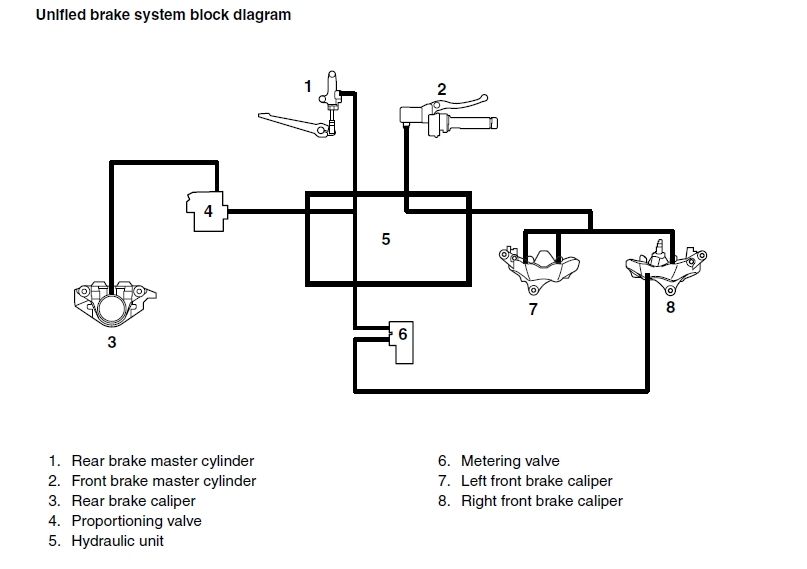s.ga.rider
Well-known member
My 14 has no where near that much travel.

Hi Don, please get the YES Warranty transferred within 15 days of your taking possession of Naomi. Here's the fine print, note it must be a Certified Yamaha Shop!BeemerD reports it's been that way, he just got used to it and didn't worry about it. He also said Naomi is due for a 12k service in 1k and the YES is transferable... so I'll probably go that way with this.
Great Info, Thank you BD. I'll be calling the local legal dealer tomorrow. Was going to call today but they are closed Mondays. I did not know an inspection is required. It's all good though - whatever it takes to get 'r done!Hi Don, please get the YES Warranty transferred within 15 days of your taking possession of Naomi. Here's the fine print, note it must be a Certified Yamaha Shop!BeemerD reports it's been that way, he just got used to it and didn't worry about it. He also said Naomi is due for a 12k service in 1k and the YES is transferable... so I'll probably go that way with this.
Since I am still basically a cripple, I was unable to ride the bike to my Yamaha shop for either any maintenance for 10+ months or to get a YES transfer inspection!
"Y.E.S. Contracts are transferrable.
To transfer the Y.E.S. Contract, from You (meaning the "SELLER"!) to the subsequest Customer (meaning YOU!), it is required that the transfer of registration and inspection be performed by a YAMAHA Dealer. A reasonable dealer imposed fee may be charged for this inspection. This transfer of registration must take place within fifteen (15) days of ownership change. At the time of transfer of registration, the Customer will be required to provide all required maintenance receipts or the properly completed Maintenance Log to the new owner. Although there is no transfer fee to transfer this contract, any dealer charges for performing any inspections necessary will be the Customer's responsibility."








I thought the front brake only operated 6 of the front pistons. I had a soft rear brake in my 08 and the air bubbles were in the front brake....and it took a lot of fluid to get rid of all of them.thinking out loud here..
if the front brake is magical
if the front brake operates ALL front pistons
..and the rear brake only operates 2 front pistons
..and the rear slave cylinder is solid
....then is it logical the air bubble has to be in the ABS unit?
Got it! Thank you Fred and RossK and everyone.Actually, kaitsdad picked up on an important clue: When you are pressing the pedal with your finger, there is a hitch that is happening at the 1/2 way point. I missed that detail when I first looked at it. That detail almost guarantees that the problem is in the front linked brake circuit.
With our linked brakes there is a proportioning valve that directs all of the fluid pressure to the rear brake circuit initially, until a pressure threshold is exceeded, at which point it directs some of the pressure to the front linked brake slave cylinder. That hitch appears to be the break over point of that proportioning valve, meaning there is air on the far side of the valve.
Vacuum bleed the front brake circuit first, and then don't touch the brake pedal before you bleed the rear brake circuit or you'll migrate some air into the just bled front.
Mark, that is a great question. My initial response would be (like Ray's) just do the furthest bleed nipple first at the front wheel, and work your way back towards the master cylinder. But let's examine the FJR's unified rear braking system a little ans see why that might be a problem with speed bleeders.Regarding Fred Ws response above, I have an ancillary question. I'm putting speed bleeders on my 13...if I was the one having the issue, would the recommendation be to bleed the rear hose first, then push from the brake pedal to the front linked caliper?

Just an observation from someone who bleeds Gen II without vacuum or speedbleeder assist...The Metering valve is the one that blocks the fluid pressure from the front wheel slave until a particular threshold has been reached. This allows you to use rear brake only, during low brake pressure situations.
The Proportioning valve's job is to gradually restrict higher fluid pressure from reaching the rear brake, so if you really stomp on the pedal more of the pressure is directed to the front wheel, as a means to delay the rear ABS activating when the rear wheel us about to lock up.